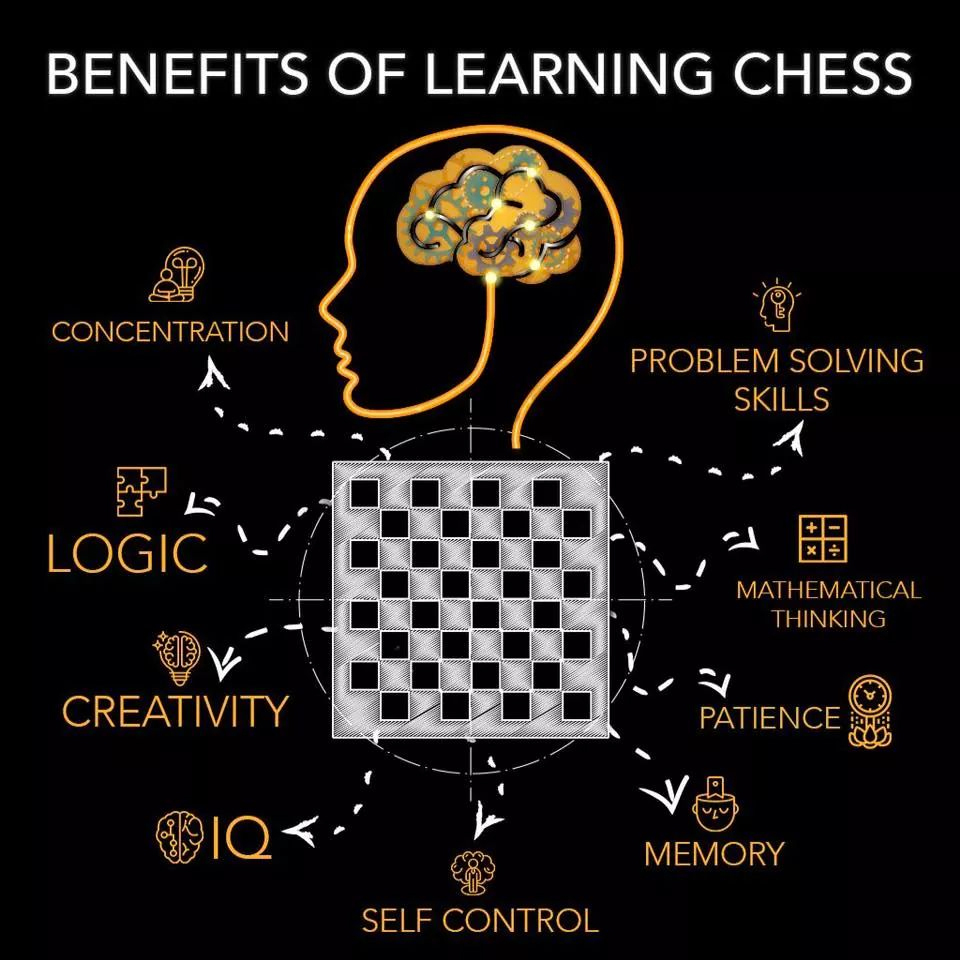How to play Chess – download PDF

What we will teach and advise
The best way to learn how to play chess is with someone who can explain the rules and help you improve. Use algebraic notation to write down your games and go over each game to see how you could do better next time and not to carry on making the same mistakes.
When learning openings make sure you know what moves are right or wrong. Solve puzzles solutions on a regular basis to hone your tactical awareness.
Study the endgame, learn mating patterns with Queen, Rooks, knights and Bishops.
Be passionate about winning every game and becoming a stronger player.
The Chess Pieces Value System for Beginners
Here is the standard valuation of chess pieces:
| Piece Name | Value |
|---|---|
| King | Not Assigned |
| Queen | 9 |
| Rook | 5 |
| Bishop | 3 |
| Knight | 3 |
| Pawn | 1 |
Note:
Sometimes the values are not a proper indication. It is determined by the conditions of the game. The fighting worth of the king is around four points in the endgame, when checkmate is not a serious threat. The king excels at assaulting and defending pieces and pawns that are close by. It is superior to the knight and the bishop at both attacking and protecting these kinds of pieces.
Also, three minor pieces (9 points) are often somewhat stronger than two rooks (10 points) or a queen (9 points).
Practical Tips
Many games between beginners are lost by not sticking to these ten rules! The experienced player will, though, be aware of many exceptions:
- Put your pawns in the centre, opening with either the d-pawn or the e-pawn.
- Make a good developing move that threatens something wherever possible.
- Play the obvious before the optional – for instance, you will often know where a knight should go, while the bishop has more good squares to choose from.
- Pick the most suitable square for a piece (aim to coordinate your pieces) and develop it there once and for all.
- Don’t move one piece twice before moving others once.
- Only make one or two pawn moves in the opening – without quick development, you will lose the initiative.
- Don’t bring your queen out too early.
- Castle early-ish, preferably on the kingside (castling brings your king to safety and develops your rooks).
- Play to get control of the centre and always try to maintain at least one pawn there.
- Never sacrifice without a clear and adequate reason.
The handout on strategy gives more comprehensive information on key matters such as:
- Coordinating your pieces
- Control of the centre
- Space
- Pawn structures
You will need to have a good understanding of these factors to consistently achieve a good entry into and performance during the middle game against strong players. For instance, with regard to pawn structures, you should aim to avoid having “isolated pawns”, to have as few “pawn islands” as possible, and the direction in which the “fixed pawns” lean will almost certainly be the flank on which to concentrate your resources.
The Top 35 Chess Principles
- Control the Center
- Develop pieces quickly
- Knights before bishops
- Don’t move the same piece twice in the opening
- Don’t bring your queen out too early
- Castle before move 10
- Connect your rooks
- Rooks should go to open or half open files
- Knights on the rim are grim
- Try to avoid doubled pawns
- Try to avoid isolated pawns
- Try to avoid backward pawns
- Don’t trade a bishop for a knight without a good reason
- Avoid moving pawns in front of your castled king
- Don’t open the center if your king is still there
- 2 minor pieces are usually better than a rook and a pawn
- 3 minor pieces are usually better than a queen
- Rooks are good on the 7th rank
- Doubled rooks on an open file are very strong
- Bishops are better in open positions, knights are better in closed positions
- The best way to deal with a flank attack is with a counterattack in the center
- When two pawns can capture the same piece, capture toward the center
- The king should be activated in the endgame
- Rooks go behind passed pawns
- Two connected passed pawns on the 6th rank will beat a rook
- Attack the base of a pawn chain
- Knights are usually the best piece to use to blockade a pawn
- If your position is cramped, trading pieces can help
- Trade your passive pieces for your opponent’s active pieces
- When ahead in material, trade pieces—not pawns
- When behind in material, trade pawns—not pieces
- Games with opposite-colored bishops are dangerous in the middlegame and drawish in the endgame
- Don’t play “hope” chess
- When you see a good move, look for a better move
- A really good chess player knows the right time to ignore a chess principle